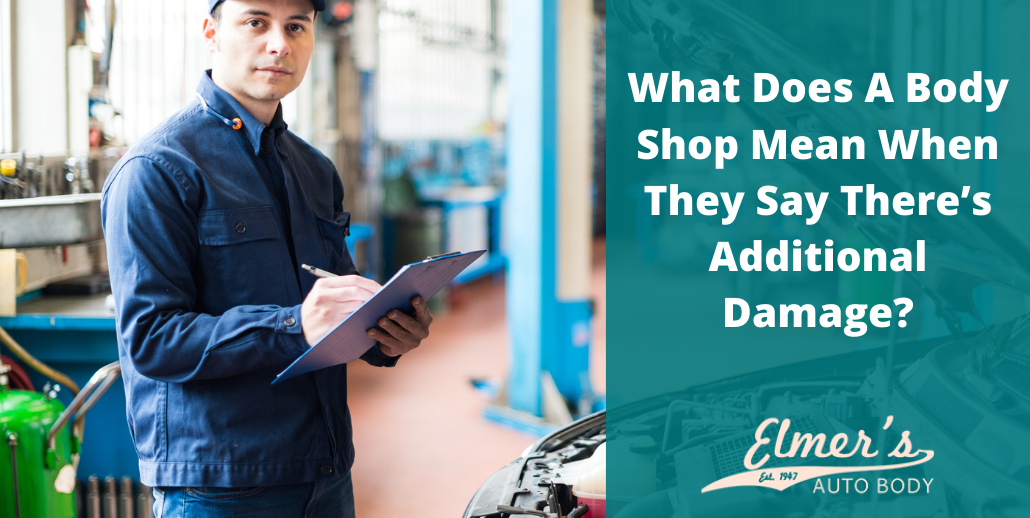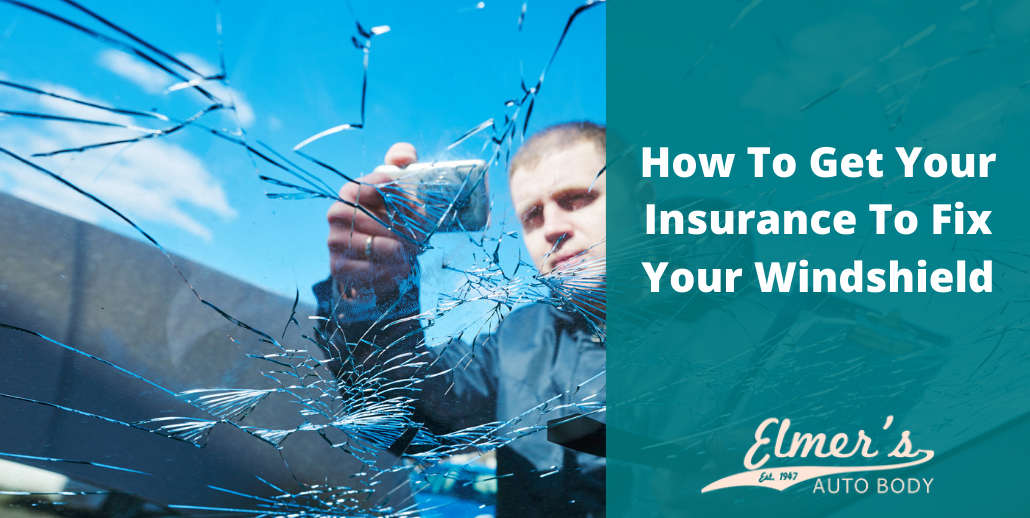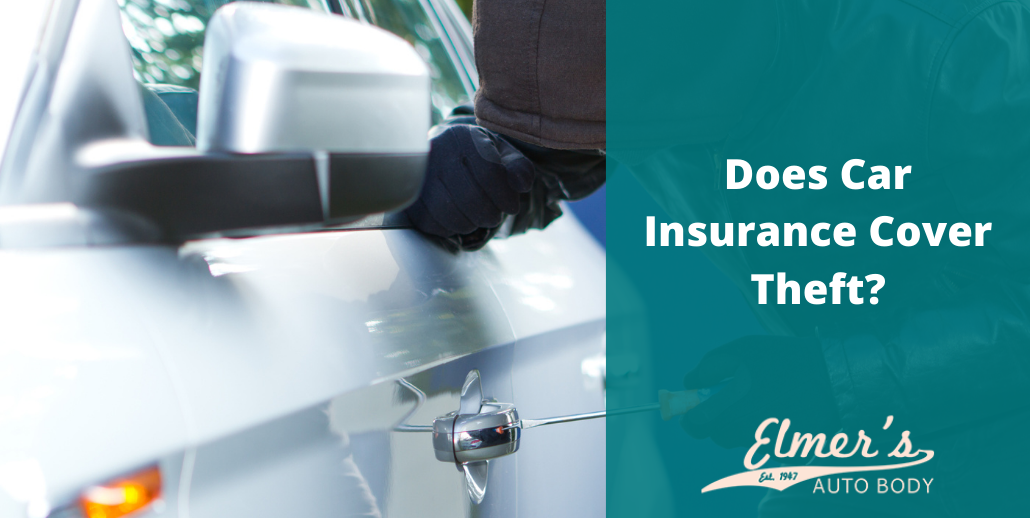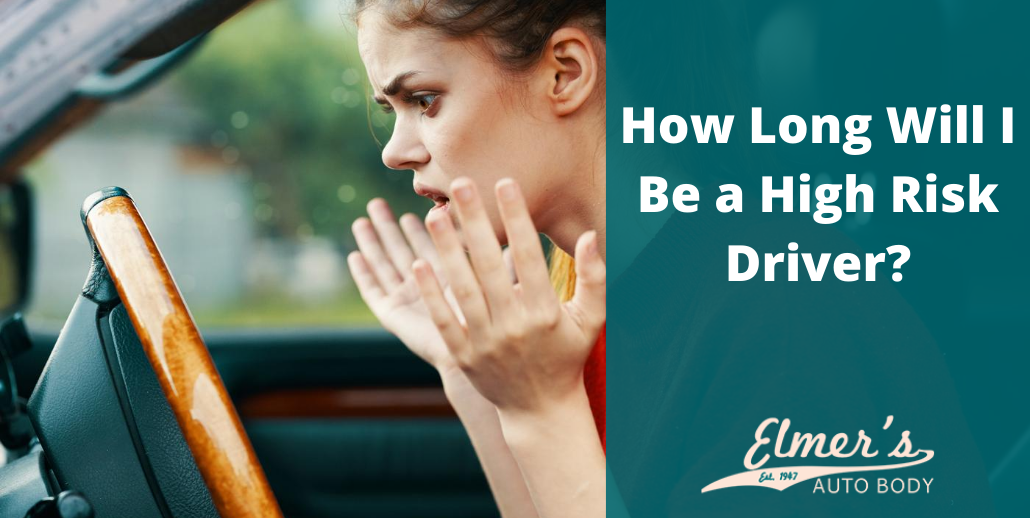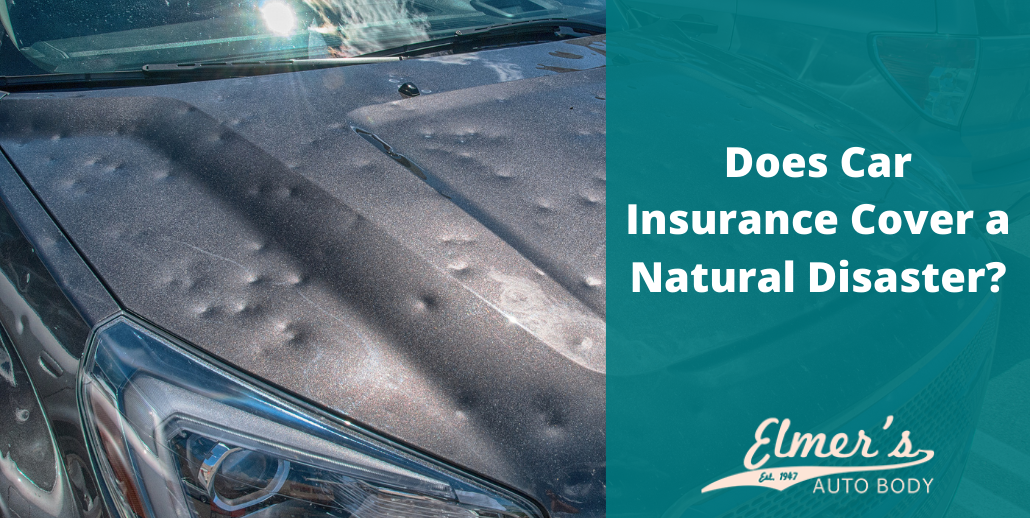Did you know that there are over 2 million rear-end collisions every single year in the United States? Car accidents happen a lot, and you can never be 100 percent prepared for them. No one wants to be caught up in a motor vehicle collision, either; and you may be too shaken to really take in the full impact even a minor bump could have on your vehicle.
Even if the damage does not look too serious, you could be riding around with hidden safety issues after a collision. Instead of risking another unfortunate accident on the road, it is important to determine if your vehicle has been appropriately repaired and whether you should have your car inspected by a professional auto body repair shop.
Here is everything you need to know about hidden safety hazards in your vehicle:
Why Cars May Have Hidden Damages Even After Repair
Technology has improved a lot of things and has made driving a car safer than ever—but it also complicates matters. Modern vehicles now have something called the Advanced Driver Assistance System (ADAS). In the past, the only thing that had a sensor was the airbags. Now, automobiles are fitted with lane drift alerts, blind spot cameras, back up monitors, and more.
While the essential pieces of a vehicle have an assigned dashboard light that tells you when something is wrong, the ADAS does not.
Most drivers don’t even know that the ADAS exists. On top of that, there are few auto body shops that automatically check for malfunctions within the ADAS. If your car has yet to be scanned for ADAS problems after an accident, those issues are going to be ignored until something happens.
But it’s just not the ADAS, either. Many auto body repair shops continue to use methods that were ideal in the 1960s or 70s. Yet, even though cars haven’t changed that much, they have evolved, and the same methods for repair no longer catch all the issues that could be going on, invisible to the naked or inexperienced eye. Some may even overlook the whole computer system in a car because they don’t understand it.
In some cases, it is merely pressure from an insurance company keeping auto body technicians from being able to locate hidden damages. Insurance companies want to reduce the time of repair to the bare minimum. The repair shop often complies with the demand—but at the cost of getting the time they need to sniff out any unseen damages.
Hidden Damages Caused by Rear-End Car Collisions
Cosmetic damage is easy to spot and may even be disregarded if it is not too terrible. But even a fender bender or rear-end collision can cause a web of other damages beneath the surface, including:
Electrical Damage
Even a slight bump can loosen connections to brake lights, starters, and the battery. A loose wire in the engine could end up stranding you in the middle of nowhere if not caught in time; disconnected brake lights make you a hazard.
Transmission Damage
Similar to above, if you get into a collision, it could affect the machinery. Both rear-wheel drive (RWD) and all-wheel-drive (AWD) have components of the transmission system set near the rear. If you are in a fender bender, those components could be damaged or transmission fluid may start learning.
Car Frame Damage
Did you know that bumpers are not really designed to protect anything? They are meant to crumple and disperse momentum from an oncoming vehicle. But that doesn’t mean that a little fender bender won’t cause damage. There are plenty of sensors and other pieces that could be affected by a collision and cause problems down the line, like onboard warning systems not operating.
Alignment Damage
Has your car recently sustained front-end damage? You may find that the vehicle begins pulling to one side of the road or the steering wheel shimmies and shakes while you drive. This means wheel alignment could be off. Get it checked before other sections wear abnormally.
Trunk Damage
Water seepage, sticking trunk, or even a truck that pops open while driving all usually stem from unchecked damages. Obviously, none of these are going to be considered safe, especially since a loose trunk can distract you or block your vision.
Diagnostic Coding
Remember that ADAS system mentioned earlier? Well, this where it comes into play. There are over 100 sensors onboard a modern motor vehicle. Any little impact could damage a large percentage of them. That is why you need to visit an auto body shop with specialized equipment to check and recalibrate any system.
How to Deal With Hidden Damages
The only way to deal with hidden safety issues in a car that has suffered from a collision is to take it to a trustworthy body shop for repairs. Without specialized tools of the trade, you will not be able to figure out where the problems are located. A professional technician will be experienced and tend to the issue.
Tired of auto body shops that rush to finish the work and don’t even do a good job? Elmer’s Auto Body is different. We believe in taking the time to locate any issues that could impact you down the line. We’re here for you, so why not fill out the contact form and tell us how we can help?


